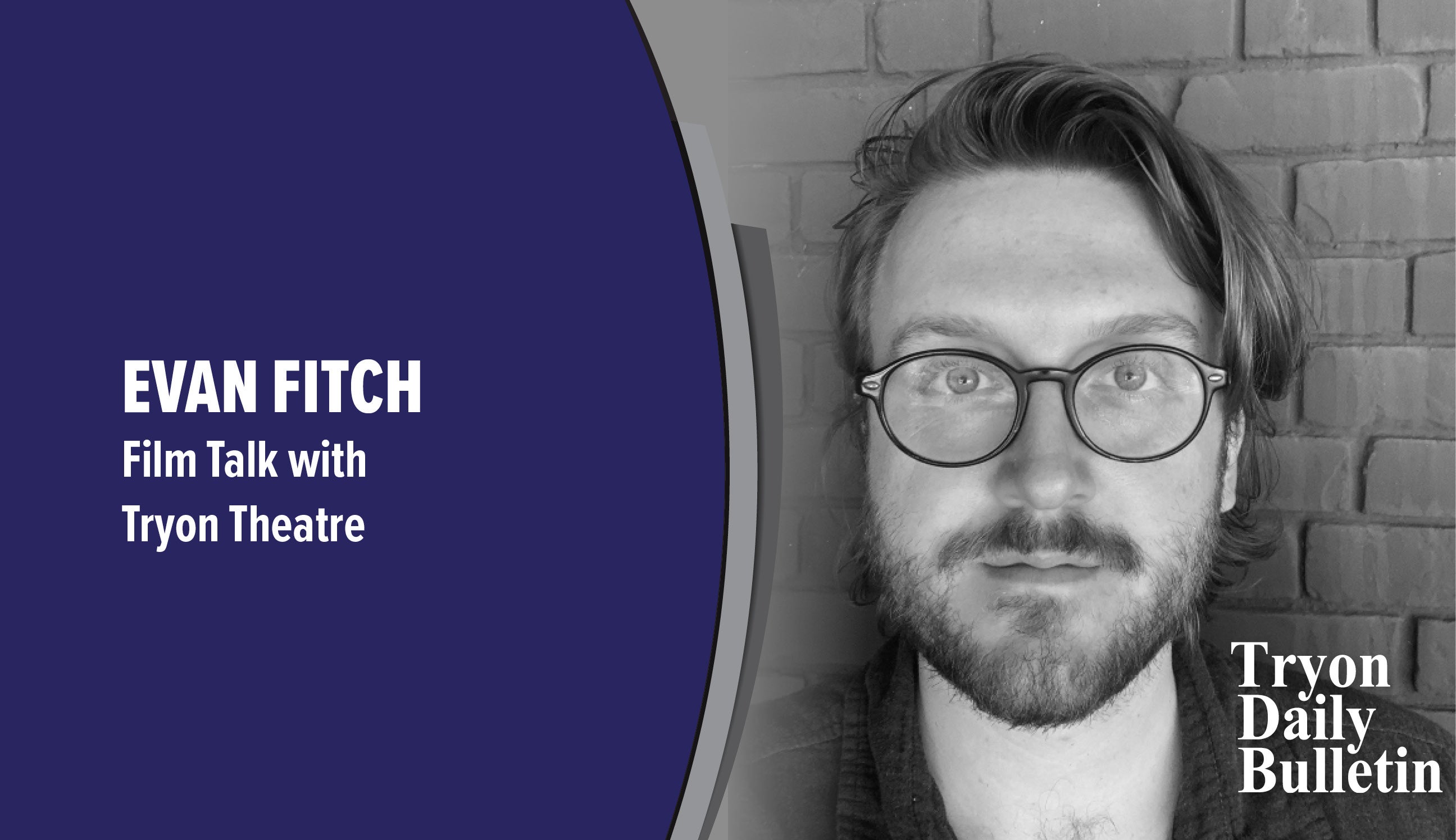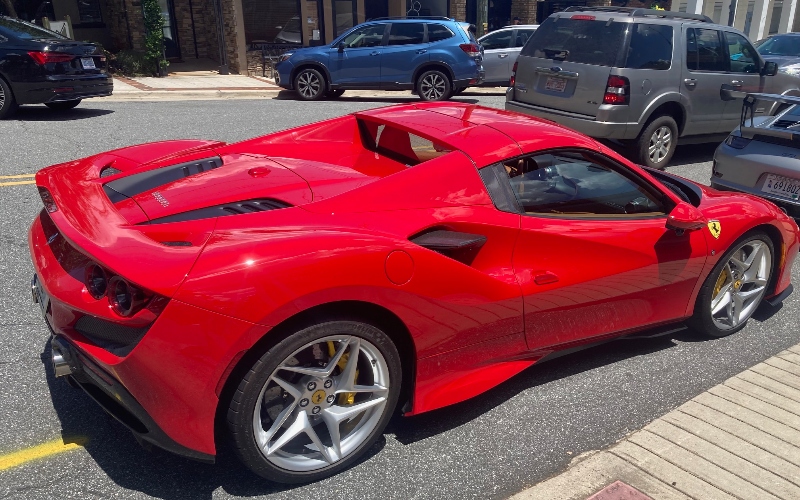See humanity through an animal’s eyes
Published 2:14 pm Monday, February 20, 2023
|
Getting your Trinity Audio player ready...
|
Trotting across the screen this week is “EO,” a beautiful, melancholy, and deeply philosophical work of art.
“EO” arrives from one of Poland’s most prolific directors, Jerzy Skolinowski, and was the most acclaimed film to come from Poland in 2022. This film follows the life of Eo, the eponymous donkey, as his path winds him through the world and the lives of humans, some compassionate towards his existence and some cruel. Being a foreign film, the movie will be shown with subtitles
Trending
While Eo is the film’s protagonist, the supporting human characters of the film are not part of this encompassing story. Rather, as Eo’s personal journey meanders through the lives of various people, so too does the camera, finding narrative vignettes along the way.
Comparing “EO” to other films with animal protagonists, it falls much more closely to “War Horse” (Spielberg 2011) than it does to “Babe” (Noonan 1995), which are both great films, despite their differences. The donkey at the center of this film does not speak or break the fourth wall, and his existence is not one of magical realism. Eo does not exist to educate the human characters in his story, as his existence is a tale in and of itself, one from which the viewer has much to learn.
“EO” is not made for children. His lack of human traits provides for a more mysterious protagonist than would be enjoyed by kids. Also, the use of Eo in the narrative to explore human stories may prove disappointing to a child. The themes of humanity and nature explored throughout both Eo’s individual journey, and the human vignettes along the way, delve into emotional and philosophical territory that would ultimately prove themselves too heavy for a child audience.
Trending
There is a lesson to be learned from Eo’s story, as it’s portrayed on screen. We as human beings are failing in the responsibility of our stewardship to the animals with whom we share this world. We have convinced ourselves of humanity’s existence outside and above nature when we are in fact inseparable from it and subject to it.
Like many films before it that are similarly concerned with nature’s grandeur, the cinematography of “EO” is masterful. The camera captures moments both intimate and abstract, tender and violent, all in beautiful colors and carefully balanced light. “EO” is a work of cinematic art, but also a work of emotional vulnerability that will surely make an impact on any viewer who saddles up for Eo’s journey. We are excited to embrace “EO,” and we hope to see you there!






